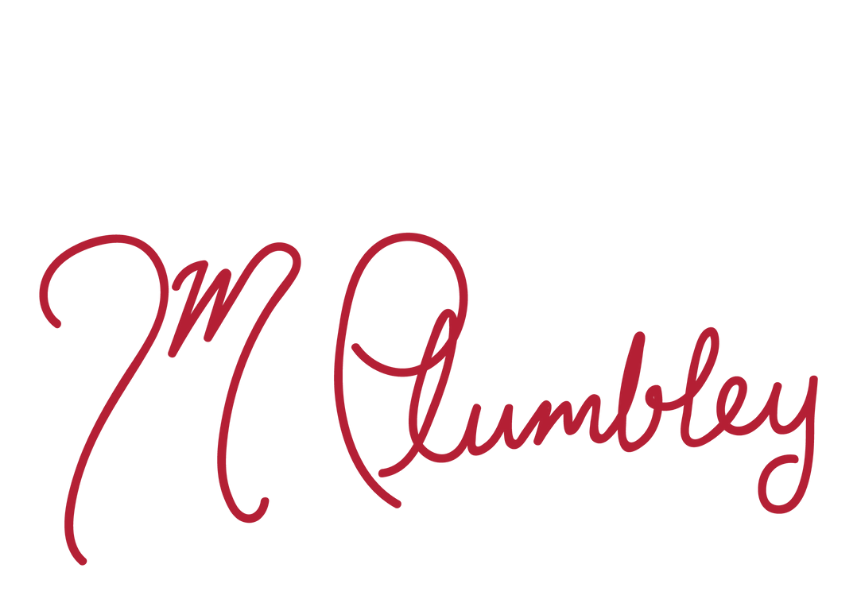Happy holidays, everyone! Whether you celebrate Christmas, Hanukkah, or the Winter Solstice, I hope you’re enjoying these long, dark nights. Doubtless you’ve heard of the horror Krampus, who is making a comeback this year in the public imagination. We’re not going to talk about him this month, but about another Scandinavian beastie, since that cold, dark area of the world is so ripe with holiday horror. It is my pleasure to introduce the Jólakötturinn, an Icelandic feline with a hunger for human flesh who will teach us the true meaning of Christmas.
Though some claim he’s been around for generations, written accounts of the Jólakötturinn (who in English might be called the Yule Cat, or Christmas Cat) date only back to the 19th century. Said sometimes to live with the terrible ogress Grýla, sometimes to exist on his own, the Yule Cat stalks the Icelandic countryside during the holidays, peering into houses and looking for a human snack. Jóhannes úr Kötlum authored a poem (later adapted by Bjork and translated here from Icelandic) that describes the Jólakötturinn more or less like an ordinary cat, only much larger and with a few exaggerated characteristics:
“You all know the Christmas Cat
People didn’t know where he came from
He opened his glaring eyes wide,
the two of them glowing bright.
His whiskers, sharp as bristles,
If the idea of an enormous cat doesn’t scare you, you may want to think twice. How many cats do you know? Sure, they might purr and meow and rub your legs, but have you watched how they treat the odd fly? The mouse? A scrap of wrapping paper? It might very well be that your cat defers to you only because you are much bigger than he; imagine those cute little teeth, those sharp claws, only twenty times larger, with you as the fly, or the scrap of paper. This is the Yule Cat, roaming “at large, hungry and evil/In the freezing Christmas snow.” Mewling. Moaning. Hunting you.

Courtesy of Wikimedia Commons. In this picture, you would be the bird.
But only if you fit a certain criteria, and this is where the Yule Cat legend gets weird.
While the Yule Cat might have a taste for human flesh generally (with a special emphasis, of course, on children), he can only eat those without a new item of clothing during the holidays. Any article–even as little as a belt or a scarf–could save you from the creature, but if you can’t find one? As the song goes, “you better watch out”–the Yule Cat will come and grab you (or, in milder legends, grab your Christmas dinner, which is not terrifying so much as it is disappointing).
Why the Cat operates with this filter is unknown. Some postulate that he might be acting as sort of macabre fashion police, an incentive for people to keep up with the latest trends. Others wonder if the Cat wasn’t originally an invention of farm heads to encourage hard work before the holidays, promising their employees a fashionable reward in exchange for extra labor. This theme of the Cat inspiring hard work repeats itself: there are accounts of 19th-century women sewing frantically during Advent to make their families new clothes, and the National Museum of Iceland says explicitly that the Cat “helped combat laziness and inertia.” Still today, Icelanders are said to clock in more overtime than most other European nations, and some attribute this to leftover fear of the Cat. But what of those who work very hard, but still cannot make ends meet? Or those unable to work at all?
Because any way you look at it, this monster chiefly tortures the disadvantaged. And that’s where the fuzzy, gooey, Christmas magic comes in: the only way the Jólakötturinn might be completely defeated is by helping those in need.
Want to avoid seeing your neighbor get disemboweled by foot-long claws? Best wrap them up some socks.
Happy holidays, everyone.
This post is dedicated to Pluto, my beloved droopy-eyed, long-fanged black cat who passed away this December. May he rest in peace, or if he can’t do that, pay us a visit for a true Christmas miracle.
Featured image by Kevin Knezic.





0 Comments